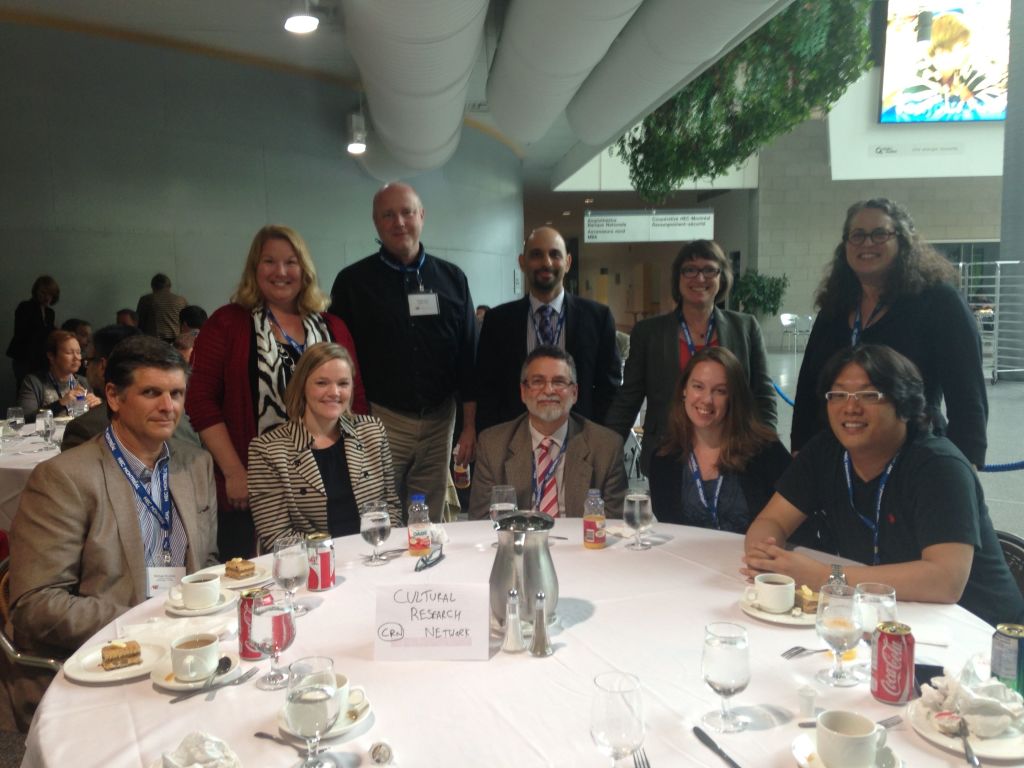1. Ipsos Public Affairs Research. Americans for the Arts. “Americans Speak Out About the Arts: An In-Depth Look at Perceptions and Attitudes about the Arts in America“. 2016. USA
This report distills and explains the results of a December 2015 survey of 3,020 Americans regarding their perceptions about arts and culture, both in their personal lives and society at large.
2. Bob Harlow and Cindy Cox Roman. Bob Harlow Research and Consulting LLC and The Wallace Foundation. “Converting Family Into Fans: How the Contemporary Jewish Museum Expanded its Reach“. 2016. USA.
This research case study in the Wallace Foundation’s “Building Audiences for the Arts” series examines the audience development results stemming from a Wallace Foundation grant to The Contemporary Jewish Museum.
3. Eric Desjardins. Statistics Canada. “Provincial and Territorial Culture Indicators, 2010 to 2014“. 2016. Canada.
This report collates and analyzes Statistics Canada’s Provincial and Territorial Culture Indicators, or PTCI, which generate data about arts, culture, and sports activities throughout Canada in terms of GDP and employment between 2010 and 2014.
4. Kate Hamblin and Sarah Harper. The British Museum, et al. “The UK’s Ageing Population: Challenges and opportunities for museums and galleries“. 2016. United Kingdom.
This report examines the gradual ageing of the United Kingdom’s population and recommends ways in which museums and art galleries can facilitate better access for the elderly through a series of case studies.
5. Shawn Lent, et al. Createquity. “Who Can Afford to Be a Starving Artist? The key to success might be risk tolerance, not talent“. 2016. USA.
This article hypothesizes about a potential correlation between an individual’s socio-economic status and their ability and/or willingness to take on risk in pursuit of a professional arts career.


